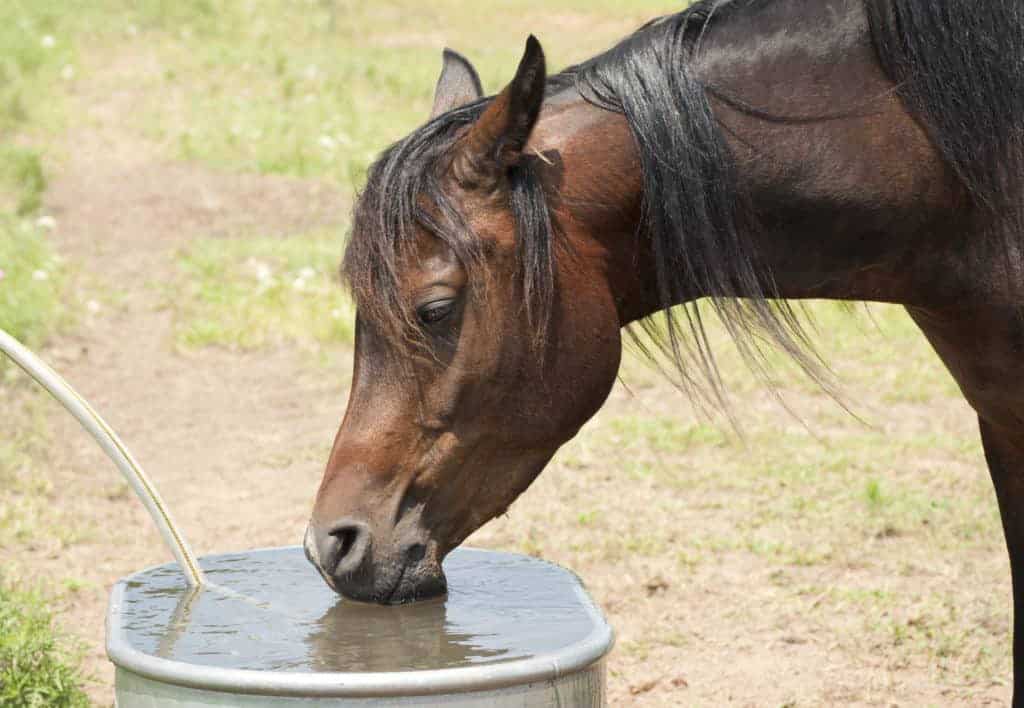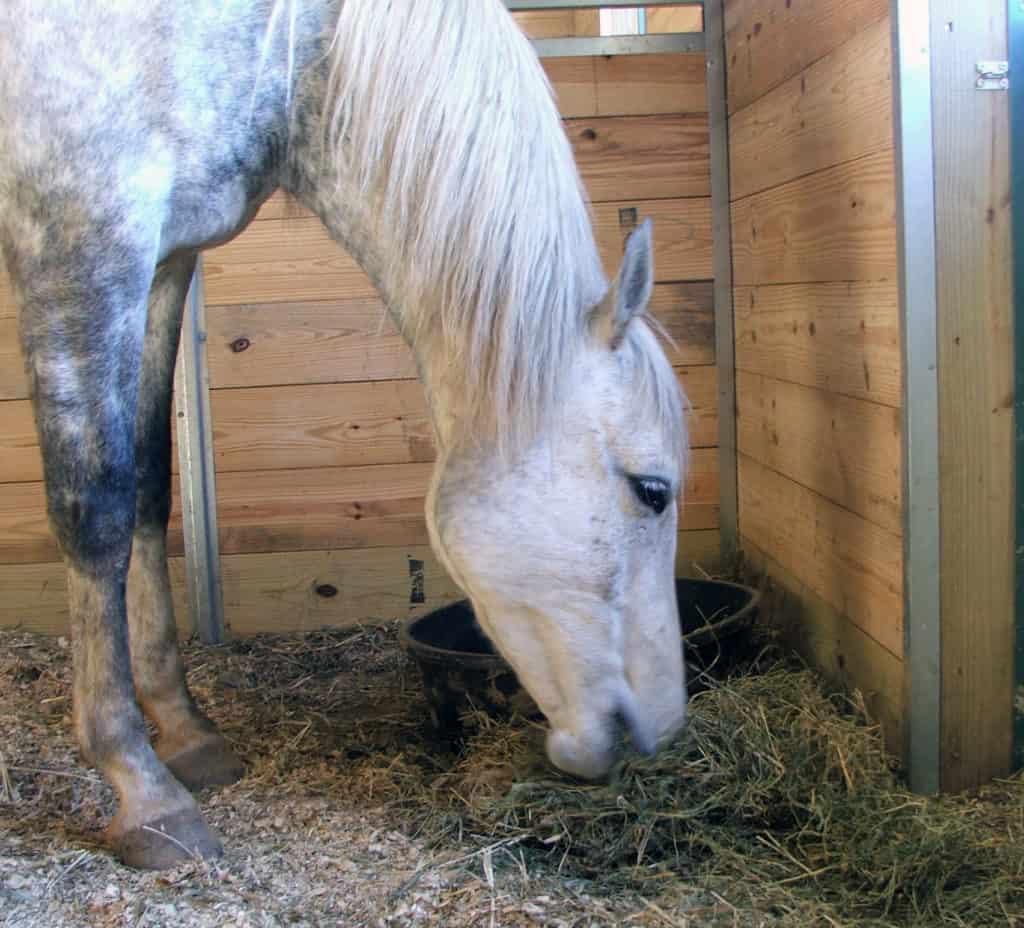
Tips for Managing Horses in Winter to Avoid Colic
Making diet changes slowly, ensuring water intake, and keeping horses moving can help reduce colic risk.
Proper feeding practices for foals, adult horses, and older horses

Making diet changes slowly, ensuring water intake, and keeping horses moving can help reduce colic risk.

Equine nutrition, hydration, exercise, blanketing, and respiratory health can be concerns as temperatures dip.

This fall, Rutgers will host two webinars on “Demystifying Forage Feeding.”

Researchers observed noticeable lameness in horses consuming high levels of endophyte-infected seeds and hay.

Assess your horse’s overall diet, nutrient needs, health status, and workload before supplementing him.

Studies are needed to determine safe limits of fluoride in feed and water for horses.

Horses showed a clear preference for alfalfa compared to the other types of hay offered.

Forage-only diets provide horses with more physically effective fiber than hay-and-concentrate diets.

Restricted pasture access does not have negative effects on hindgut fermentation or fluid balance.
Hestad studied how endophyte-infected tall fescue seed ingestion would affect nonpregnant mares.

No significant fecal pH decrease occurred, but it’s important to change equine feed gradually, researchers say.

Fats increase energy density of diets and are necessary to metabolize fat-soluble vitamins.

A recent study shows that antioxidant levels appear to be challenged during the competition.

With hay stocks down and prices headed up, what should horse owners do? Be proactive and secure hay now for the rest of this year and early next year.
The grazing school will take place on Sept. 22 and will cover a variety of pasture and forage related topics.
We intend to bring our mare home where most of the pasture was our lawn. We’ve never used chemicals but I am n
Stay on top of the most recent Horse Health news with
"*" indicates required fields